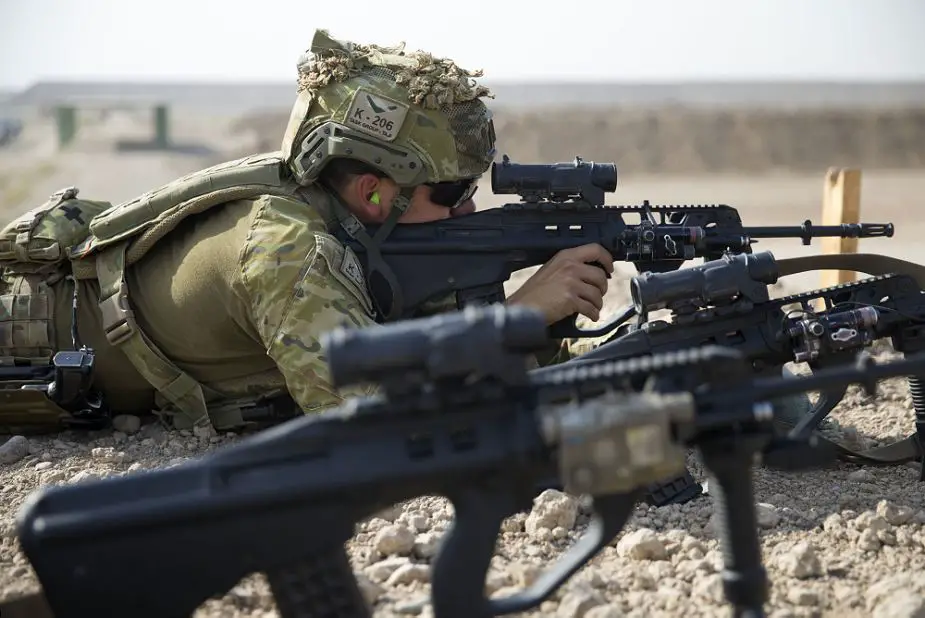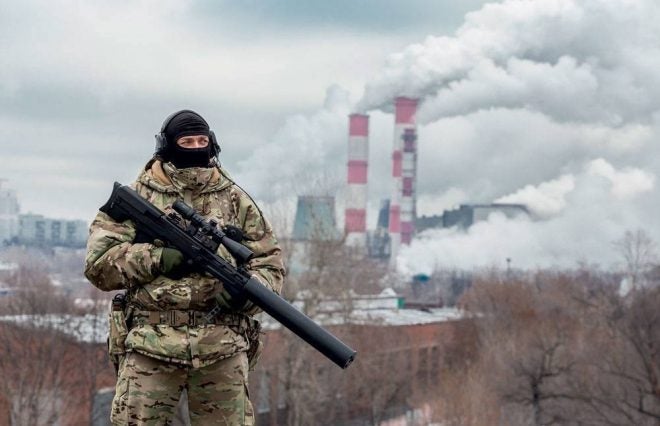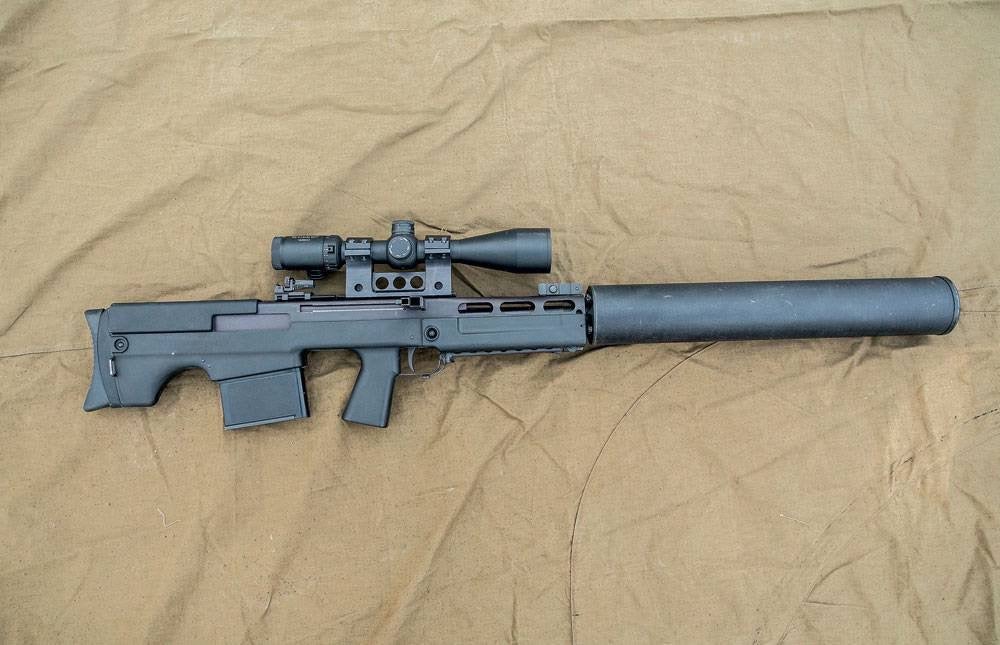Whatever the next infantry small arms configuration is, I hope it does away with the failure that is the belt-fed Squad Automatic Weapon (SAW). Why? Let’s talk about it.
On the surface, the idea of augmenting the firepower of a
rifle squad with a belt-fed
machine gun makes a good deal of sense: The feeding mechanism of the belt-fed means that many, many more rounds can be fired before the
gun needs to be reloaded. The M249 itself is famous for its 200 round belt-in-box magazines which clip under the gun, and provide continuous firepower that a magazine-fed weapon simply would be unable to match. In theory, the addition of a weapon like this to the rifle squad should substantially augment small unit firepower and flexibility – especially on the defense where SAWs can be used to provide interlocking fires. And in theory, the
SAW can be used like a
rifle, too, so it’s win-win, right? Well, theory is different than practice – in this case,
very different.
One of the primary shortcomings of the
SAW concept lies in the way
target suppression works, and the weight-limited nature of the rifle squad. Fundamentally, the belt-fed SAW is a volume of fire weapon which achieves
target suppression via probability. Put simply, more bullets flying means a higher chance to hit, and a higher chance to get close enough to keep the bad guys’ heads down. Thanks to its open
bolt and interchangeable barrels, however, the SAW trades the rifle’s ability to make precise shots that suppress much more efficiently, for the absolute maximum possible fire volume. This makes the SAW an incredibly wasteful weapon that burdens the the squad with (literally) thousands of
rounds of extra ammunitionneeded just to feed the two belt-feds.









